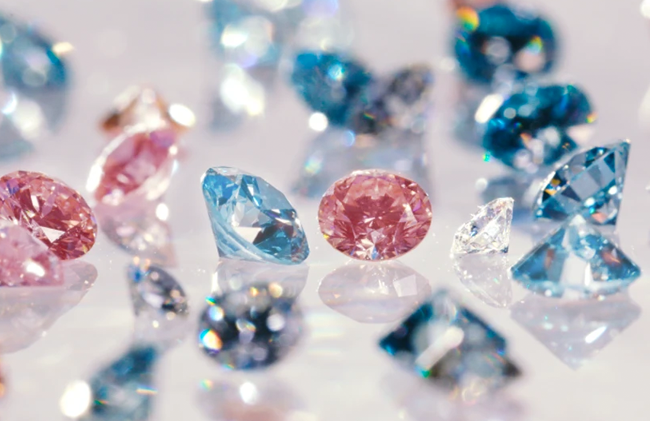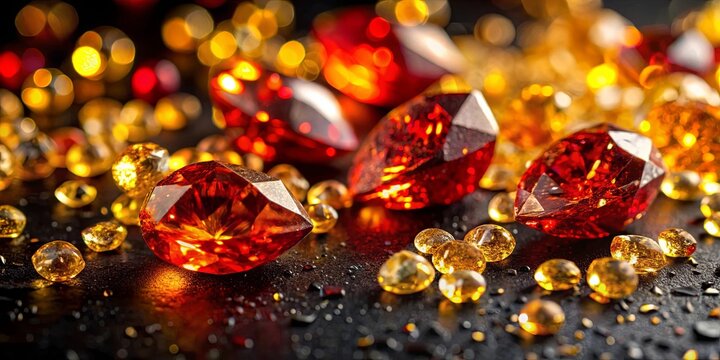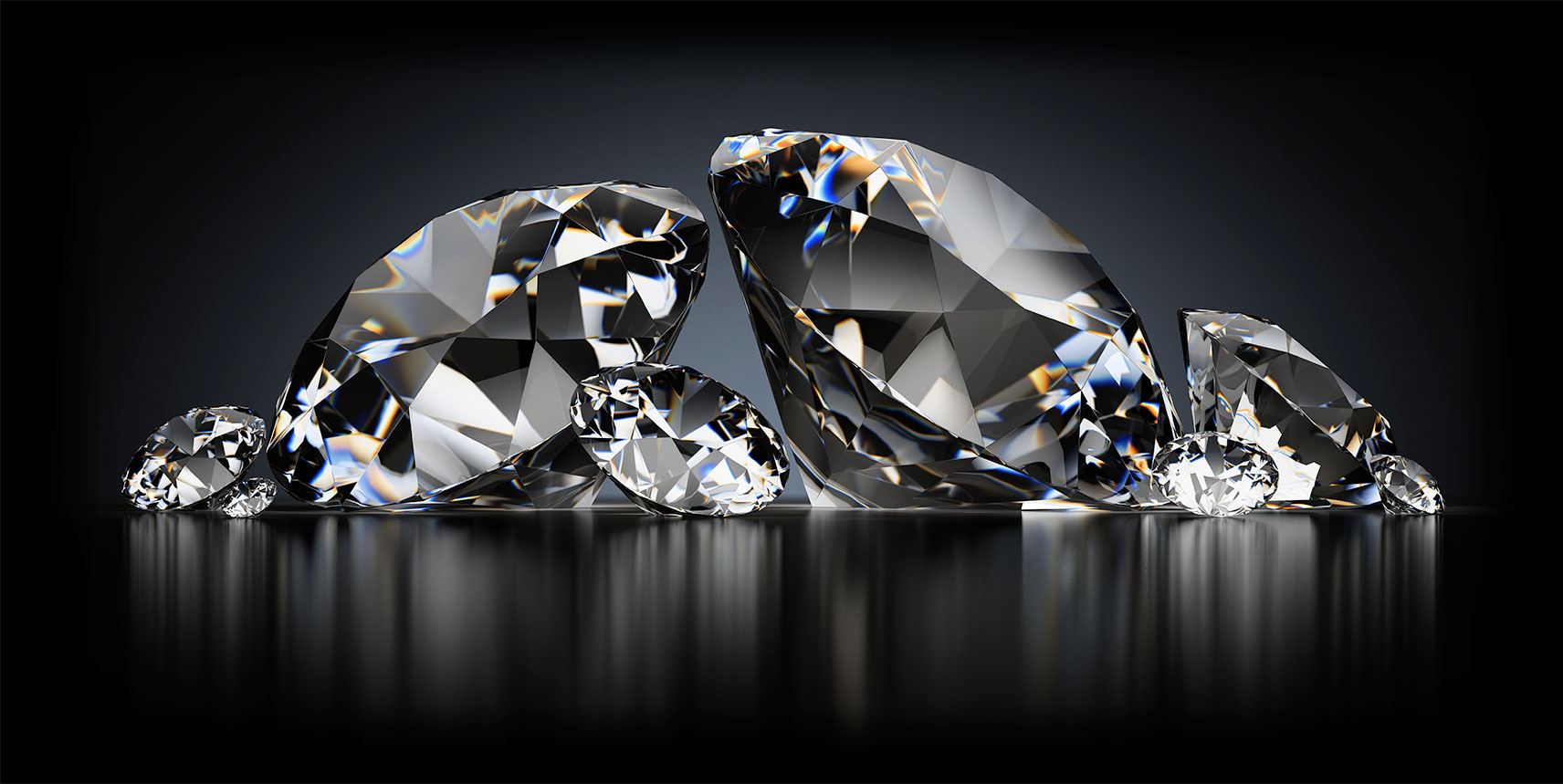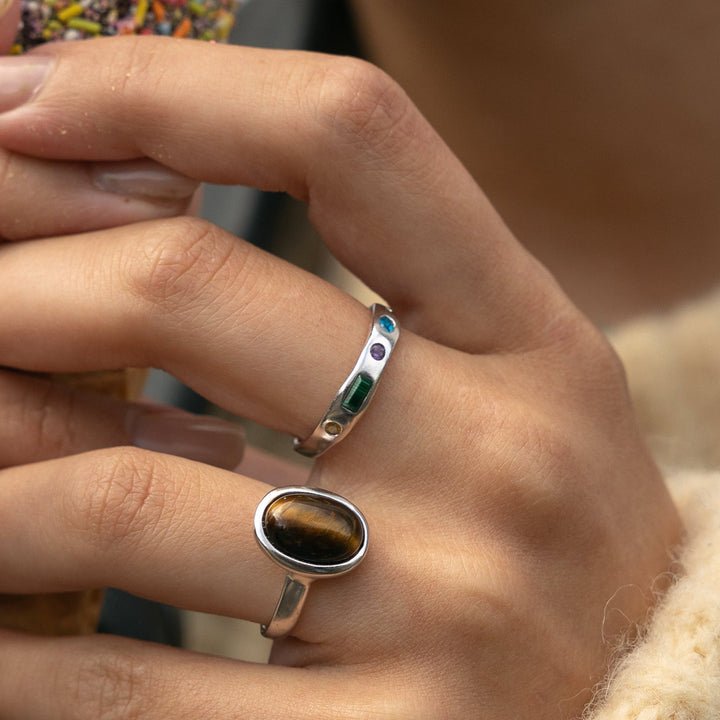
When purchasing a diamond, one of the most important aspects to consider is the diamond’s quality. The Diamond 4Cs chart plays a crucial role in determining the value and appearance of a diamond. The 4Cs refer to Cut, Color, Clarity, and Carat Weight—each representing a key factor in a diamond’s overall appearance and quality. Understanding the diamond 4Cs chart will help you make a more informed decision when selecting the perfect diamond for your engagement ring or special occasion.
The Diamond 4Cs Chart: What Are the 4Cs?
The Diamond 4Cs chart is a comprehensive guide that breaks down the essential characteristics of a diamond. Each “C” represents a specific factor that affects the diamond’s quality and value. These factors are Cut, Color, Clarity, and Carat Weight. Each of these characteristics is graded on a scale, and together they determine the diamond’s overall beauty and price. By understanding the diamond 4Cs chart, buyers can assess how a diamond will look in terms of brilliance, color, and overall appearance.
Cut: The Most Important Factor in the Diamond 4Cs Chart
Among the four Cs, Cut is often considered the most important. The quality of a diamond’s cut directly affects its sparkle and brilliance. A well-cut diamond reflects light in a way that maximizes its radiance, creating a stunning visual effect. The diamond 4Cs chart rates cut quality based on how well the diamond’s facets interact with light. Diamonds are graded from Excellent to Poor in terms of cut quality. A well-cut diamond from the 4Cs chart will shine with brilliance, making it a popular choice for those looking for a dazzling gem.
A diamond’s cut is more than just its shape. It refers to the proportions, symmetry, and polish that allow light to travel through the diamond and return as sparkle. For the best results, a diamond with an Excellent or Ideal cut grade is preferred, as these diamonds will offer maximum light performance.
Color: Understanding the Diamond 4Cs Chart’s Color Grading Scale
The color of a diamond is another important factor in the diamond 4Cs chart. Diamonds are graded on a color scale that ranges from D (colorless) to Z (light yellow or brown). The less color a diamond has, the higher its grade, and the more valuable it will be. A colorless diamond will appear white and exhibit the greatest brilliance, while diamonds with visible color may have a slightly warm or yellow hue. The diamond 4Cs chart helps buyers understand these differences and choose the right color grade based on their preferences.
Color is evaluated based on the absence of color, as diamonds with no or minimal color allow more light to pass through, enhancing their brilliance. A diamond with a D grade on the diamond 4Cs chart is considered the rarest and most valuable, while diamonds with a grade of J or lower will show noticeable color.
Clarity: The Role of Clarity in the Diamond 4Cs Chart
Clarity is the third “C” on the diamond 4Cs chart, and it refers to the presence of inclusions or blemishes in a diamond. Inclusions are internal flaws, while blemishes are external imperfections. The clarity of a diamond affects its overall appearance, as diamonds with fewer inclusions and blemishes tend to be more valuable. The diamond 4Cs chart assigns clarity grades that range from Flawless (no inclusions or blemishes visible under magnification) to Included (inclusions visible to the naked eye).
Diamonds with higher clarity grades are rarer and tend to cost more, but most diamonds will have some minor inclusions that are invisible to the naked eye. A diamond with a clarity grade of VS1 or VS2 (Very Small Inclusions) is typically a great balance of quality and affordability. For those who prioritize purity, diamonds with grades like VVS1 or Flawless from the diamond 4Cs chart are the top-tier choices.
Carat Weight: How Carat Weight Influences the Diamond 4Cs Chart
Carat Weight refers to the size of the diamond, and it is the fourth “C” on the diamond 4Cs chart. The higher the carat weight, the larger the diamond, and consequently, the higher the price. However, it’s important to note that carat weight alone does not determine a diamond’s quality—other factors like cut, color, and clarity play an equally significant role in the overall value. The diamond 4Cs chart helps buyers understand how carat weight influences both the appearance and the price of a diamond.
Larger diamonds are rarer and more expensive, but you can still find smaller lab grown diamonds that appear visually large due to a high-quality cut. It’s essential to balance carat weight with the other Cs to ensure you get a diamond that fits both your budget and aesthetic preferences.
How the Diamond 4Cs Chart Impacts the Price of a Diamond
The diamond 4Cs chart directly influences the price of a diamond, as each of the four characteristics contributes to its value. A diamond with an Excellent cut, D color, Flawless clarity, and a higher carat weight will naturally be more expensive than one with lower grades in any of these areas. Understanding the diamond 4Cs chart will allow buyers to prioritize the factors that matter most to them, such as cut or size, and make more informed decisions.
While diamonds with higher grades in each of the 4Cs will command a premium, there are options at different price points. For example, a diamond with a slightly lower clarity or color grade may offer a more affordable alternative without sacrificing too much on beauty. The diamond 4Cs chart provides a clear way to compare diamonds and find one that fits both your style and budget.
Conclusion: Using the Diamond 4Cs Chart to Find Your Ideal Diamond
In conclusion, understanding the diamond 4Cs chart is essential when purchasing a diamond. The 4Cs—Cut, Color, Clarity, and Carat Weight—determine the overall appearance, quality, and value of a diamond. By learning how each characteristic affects a diamond’s beauty, you can make a more informed choice that suits your personal preferences and budget. Whether you’re purchasing an engagement ring or a piece of fine jewelry, the diamond 4Cs chart will guide you toward finding the perfect diamond for any occasion.








